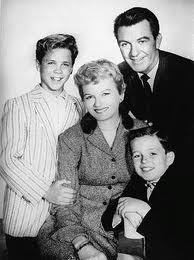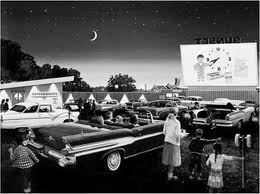A year ago this month, I began speaking to business owner groups about “Beating the Boomer Bust.” Since then I’ve delivered the presentation over 20 times, both locally and to national groups, and the requests for it are increasing.
It’s the product of a year of research, and of fifteen years helping business owners prepare to leave their companies. I’m convinced, actually I am certain, that small business owners in America are ignoring a tidal wave of change that, just like a real tidal wave, will leave a few small businesses untouched while wiping many others from the face of the planet.
Am I being dramatic? Absolutely. Am I being overly dramatic? Not in the slightest. Peter Drucker once said “I don’t predict the future. I look at what has happened already and point out the inevitable result.”
Two years ago I set out to learn whether the birth rate curve of the Baby Boomers was duplicated in other areas of American society and the American economy. Not only did that prove to be the case, but the correlation is shockingly perfect. When the Baby Boomers reach an age where specific life activities would normally be expected, the incidence of those activities escalates overnight (with one notable exception that I’ll discuss in future weeks), in volumes not seen  before or since, and exactly corresponding to the birth rate increase that started in 1945.
before or since, and exactly corresponding to the birth rate increase that started in 1945.
Describing it as a tidal wave isn’t at all metaphorical. Like a tsunami, it is well documented. The causes are known. It is traveling at a defined rate of speed. Its arrival is both inevitable and on a schedule. It will get higher and more dramatic as it approaches the coastline (Boomer retirement ages), and those who ignore the warning signs will be very, very sorry.
The impact will be universal, but I am going to focus on the implications for small business owners. Those who are exiting now will still have some options between selling to a late-stage Boomer and selling to Generation X, and should know what the differences are. Those Boomer owners who are planning to move on (perhaps not retire – another topic we’ll address) in the next 10 to 15 years need to understand the changed market that they will be selling in. Late-stage Boomers should be building a very different business than the ones they started or purchased. Post Boomer entrepreneurs need to assess the many opportunities that these changes will create.
Let’s start with defining the Baby Boom. Most of us know what it is, but it’s more than just a mere demographic description. Since this entire series will be about the inevitability of numbers, we should put the boomers in an economic context. Their numbers helped determine the personality traits of a generation, and of the generations that followed.
An important fact to understand in our discussion is that the Baby Boom is an American phenomenon. We were late to join World War II, and suffered far fewer causalities as a percentage of our young male population. In addition, the US was never a battlefield in the war, so our returning armies were discharged into a healthy infrastructure, with an industrial base fully geared up for maximum production.
In 1945, as the GIs began returning from WWII, the US population was 140 million, and the birthrate was about 2.8 million. That number of births had been roughly consistent, between 2.5 and 2.9 million, from 1900 onward, with one noticeable dip in the middle of the Great Depression.
In 1946, the birthrate exploded to 3.47 million, a 24% increase in one year! New births broke the 3.5 million mark for the first time in 1947, 4 million in 1954, and peaked at 4.3 million in 1957. They didn’t fall back below 3.5 million a year until 1971, and then didn’t reach the 4 million mark again until 1989.
In 20 years (1945-1964) the United States had added 78 million new, natural-born citizens to the population. By 1965 the US population had grown to about 195,000,000. which meant that two out of every five people in America was under 20 years old!
This was the uniquely American phenomenon that was to influence everything for the next sixty years. The impact of the Baby Boom has changed social and cultural mores, the job market, business  structures and economics. As they exit the workplace, the Boomers will have one more giant shift to their credit, and it will change the face of small business in America.
structures and economics. As they exit the workplace, the Boomers will have one more giant shift to their credit, and it will change the face of small business in America.
If you are a Boomer business owner, know a Boomer business owner, or provide services to a Boomer business owner, I encourage you to share this first chapter of the series. By the time we reach the end, I can promise you that you will view the next ten years in a whole new light.

3 Responses to The Approaching Tidal Wave